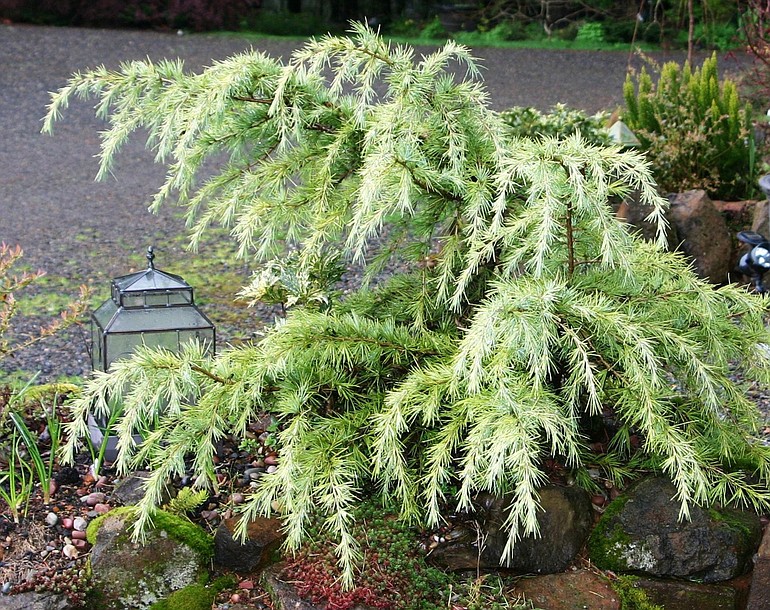This is the time of year to fill gaps between established plantings with new trees, shrubs and perennials. It is the goal of many serious gardeners to plant their garden beds so thickly that no earth shows between plants. This look is achieved over time as plants grow and mature, with adjustments from season to season.
Perennials are plants that return to our gardens, in some manner, each year for a period of three or more years. Some manage to hold on to a structure of leaf, branch or stem through the winter. If you have not already done so, trim away tattered foliage that remains from last season. Certain plants, like the leafy epimedium or the ornamental grasses, look best if cut back to the ground at the beginning of spring.
A few long established guidelines for planting perennials are worth considering each spring. Planting in groups of three or more is usually better than one plant by itself. Plant in a triangular pattern, with a plant at each point of the triangle. Space each plant considering its mature size. Plants may look sparse at first but will grow best if given enough room for each plant to mature to its natural size and form.
Today’s most popular perennials bloom long enough to cross over from one season to the next. The pale yellow Coreopsis ‘Moonbeam’ will begin to flower in mid to late spring and, if deadheaded, will rebloom well into summer. Veronica ‘Goodness Grows’ is said to bloom from May until frost. In all of Southwest Washington, purple coneflowers (Echinacea purpurea) and Black-eyed Susans (Rudbeckia spp.) bloom from summer well into late fall.
Flowers do not grow in straight lines in nature and so we don’t plant them that way in the garden. In the natural garden, plants typically grow in sweeps of one single plant type, such as a field of daisies. Think of tossing a handful of seeds across your garden in a backhand manner. Plant a favorite perennial out along this imaginary line. Expand your planting sweeps in groups of odd numbers. Three, five or seven of one variety of plant makes a sweeping statement.
If you choose the right shrub or tree for the right place in the garden, most pruning is done only once a year, if at all. Thinning certain shrubs, which is just another form of pruning, is done only every two or three years. Certain plants that flower on new wood become straggly and bare legged if not pruned hard, close to the base. One example is the butterfly bush (Buddleia spp.). Cut it back to two or three feet from the ground each year. By doing so, you avoid dealing one day with a 15 foot, out of control monster. Your shrub will look and flower better than if not pruned.
The general purpose of pruning is not to reduce the size of a plant that has grown too large. Pruning stimulates growth. To encourage growth on a weak plant, cut it back hard. Light pruning best checks vigorous growth. This is important to know if you are fighting to keep a big shrub within the boundaries of a small space. The best advice for a plant that is too large is to move it to a larger space.
Prune to help establish the shape of a plant along its natural lines; to improve flower or fruit production; to control the time of bloom (as in pinching back chrysanthemums); and for espalier and hedge shaping. These are all methods of seasonal pruning that enhance a plant’s best qualities. Do not hesitate to do some research if you can’t remember a specific pruning technique. It’s only natural to need to refresh your memory before tackling a job that is done so infrequently.
Keep in mind that there is nothing inherently difficult about the act of pruning. The important thing to remember is the purpose for the specific pruning task. When you cut a bouquet of roses, you are pruning. Many perennials will flower a second time if you cut back the first flush of bloom. When you are finished, you can use the cuttings for an indoor display.
Robb Rosse is a WSU-certified Master Gardener. Reach him at Write2Robb@aol.com.



